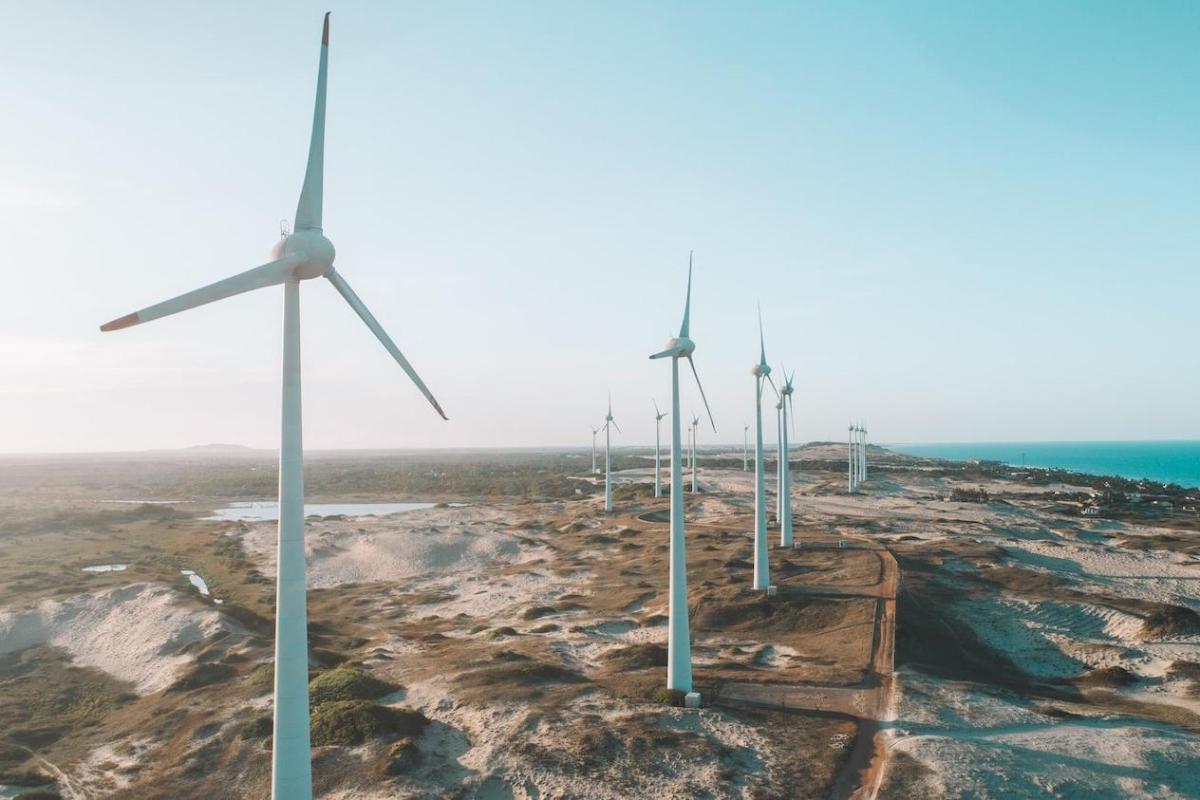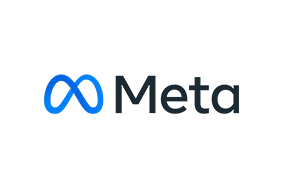How Meta Sources 100 Percent Renewable Energy Around the World
Words by Mary Riddle
Published 03-22-23
Submitted by Meta

Originally published on TriplePundit.com
Back in 2011, Facebook set an ambitious target to meet 100 percent of its energy needs with renewable sources. It took 10 years to build the infrastructure and programs, but in 2020, the company now known as Meta crossed the finish line. Meta now has a robust renewable energy portfolio spanning six countries and 20 U.S. states that produces as much energy as the company's global operations consume.
"Our renewable energy projects are diverse and driven by where we have an operational footprint," Amanda Yang, Meta's head of renewable energy for Americas West and the Asia-Pacific, told TriplePundit. "One of our primary values is ensuring that we are adding new renewable capacity in the areas in which we operate. Right now, we are focused on direct operations, where we have a 100 percent renewable energy commitment, but we also have a goal to support the broader value chain."
Meta's portfolio includes more than 9 gigawatts of contracted renewable energy capacity — equivalent to the energy consumption of about 3 million U.S. households — and it's bringing new renewable projects online as its global operations expand.
Meta's clean energy projects create positive economic impacts, research shows
When deciding on new renewable projects, Meta takes a number of different factors into account, such as: proximity to the company's data centers and the potential for positive economic impact in local communities.
"We partnered with an independent research firm in 2021 to evaluate the economic impacts of our renewable energy projects," Yang explained. "The study focused on 5.5 gigawatts of renewable energy across the U.S. Over 40,000 construction jobs were created as a part of that portfolio and $4.2 billion in GDP. Operations of the new renewable projects create over $150 million in GDP annually."
On a long-term basis, Meta's renewable energy projects sustain nearly 1,000 operations jobs in the U.S. annually, the economic impact analysis found.
"Our projects represent billions of dollars in investments, and there is a multiplier effect of benefit to local communities," Yang continued. "When you have construction workers on site, they need housing and to eat, and that creates real local economic activity." An estimated 270 on-site jobs are created for every 100 megawatts of renewable energy that Meta contracts, and every on-site job supports an additional 1.6 jobs in the broader community, according to the analysis.
Transparency is key
In order to ensure transparency and accountability, Meta utilizes renewable energy credits, or RECs, to verify its renewable energy creation. Every megawatt-hour of energy created by a Meta project generates a REC, and the RECs certify and authenticate that the electricity generated came from a renewable source. Each REC has its own unique serial number, allowing it to be tracked. Meta retires its RECs at the end of each calendar year, meaning the renewable energy has been used, it cannot be bought or sold, and the company retains ownership of the REC forever.
This type of transparent verification is important. "Every year, we report on our renewable energy use in our annual sustainability report," said Yang, "and that data goes through a third-party verification process."
Even before clean energy projects produce their first megawatt of energy, they must go through permitting and due diligence processes. "We have a diligence process for our project partners," explained Yang. "A big piece of our internal vetting process is ensuring we are selecting project and development partners who are well versed, with appropriate expertise and have done projects in those regions before, and who know how to work with the right external agencies." Before a renewable energy project can be approved, project developers must demonstrate that the new energy source can integrate seamlessly with the existing local energy grid.
Renewable energy projects power social change
"When evaluating new projects, we think about the economic benefits and how those can positively impact local communities," Yang said. "A lot of our projects are located in areas below the national poverty line, and the economic impacts are incredibly helpful."
For example, Meta recently announced a 720-megawatt portfolio with the independent power producer Silicon Ranch, which includes seven new solar projects in Georgia and Tennessee. "Silicon Ranch is focused on sustainable, community-driven development and regenerative agriculture. Our new projects are focused on agricultural areas," Yang said. "Our partners can continue to use the land for useful agriculture purposes, and some are making pollinator habitats among the solar fields for honey."
Meta is also focused on helping the labor force transition to clean energy. In 2022, the company partnered with Greenbacker Renewable Energy to bring the 104-megawatt Graphite Solar project to rural Utah. "The renewable energy market is growing, so it provides an opportunity for people to transition to jobs in a new industry," Yang told us.
Meta also partnered with a developer in Virginia to bring 160 megawatts of solar power to the grid, helping to power its data center in the state, and establish a clean energy scholarship fund. The scholarship seeks to grow the local clean energy workforce by financially assisting graduating seniors from area high schools who have an interest in working in renewable energy in Virginia.
Leading the way for decarbonization
Meta's renewable energy vision is not yet complete. Although the company accomplished its goal of supporting 100 percent of global operations with renewable energy, "ultimately we are focused on continuing to evolve our approach to how we can help accelerate grid decarbonization," Yang said. "Where we can, we are partnering with our utilities, developers, and policymakers to make this happen."
Last year was difficult for the entire renewable energy market, due to supply chain disruptions and inflationary impacts. However, Yang says that Meta is not deterred.
"Overall we want to make sure our efforts in renewable energy can be scaled for other corporate buyers," she said. "In our view, together we can increase our impact. We want to see the entire industry shift in the direction of decarbonization and maximizing emissions reductions. For example, we recently teamed up with some of our peers to establish an alternative Emissions First accounting system for renewable energy investments."
As Meta continues to aggressively grow its renewable energy portfolio, it is paving the way for other businesses to expand their decarbonization efforts, too.
This article series is sponsored by Meta and produced by the TriplePundit editorial team.
Image credits: Pedro Henrique Santos/Unsplash

Meta
Meta
Meta builds technologies that help people connect, find communities and grow businesses. We collaborate with community members, climate action leaders and scientists to innovate beyond what is possible today and accelerate action-oriented resources for tomorrow. Meta envisions a just and equitable transition to a zero-carbon economy and is working with others to scale inclusive solutions that help create a healthier planet for all, ensuring that no one is left behind.
More from Meta

